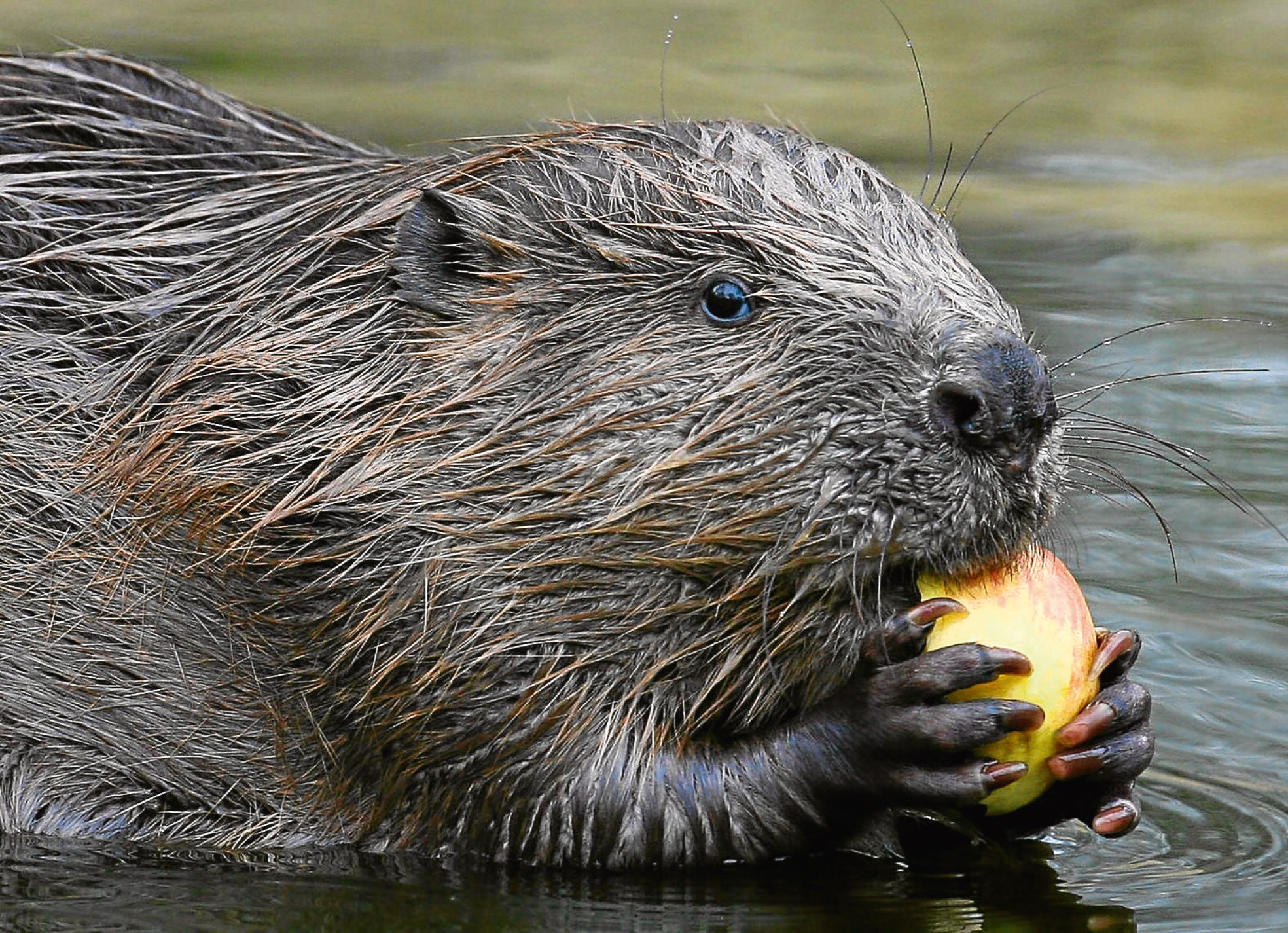Did you hear the one about the Scottish Government, Scottish National Heritage and a family of beavers on a river near Beauly?
It’s not a joke so much as a riddle, and I confess I am no nearer solving it than I was when I began scratching my head on Friday.
The beavers built a lodge on a river near Beauly, which (if you don’t carry a map of the Highlands in your head) is about 10 miles west of Inverness.
It was “discovered” by staff of Trees for Life, an enlightened conservation organisation which is restoring and recreating large areas of native woodland west of the Great Glen.
Their estimate of how long the lodge might have been there is five years. Hardly anyone knew it was there, and those who did had no problem with the beavers.
All of which makes it difficult to understand what happened next.
Trees for Life reported the discovery to Scottish Natural Heritage, who advised the Scottish Government.
And, apparently because Beauly is a long way from either Knapdale in Argyll (where the multi-million-pound official beaver reintroduction trial was held) or Tayside (where the unofficial beaver reintroduction non-trial did the job for nothing), a decision was taken to trap and take them into captivity.
Despite the government decision last November to authorise beaver reintroduction, to permit both the Argyll and Tayside populations to expand naturally and to approve beaver releases outwith those areas, the Beauly beavers were deemed to be an unauthorised release and therefore an offence.
This poses problems.
Firstly, if they have been there for five years, clearly no one knows how they got there.
Secondly, five years ago every beaver on Tayside was the progeny of an unauthorised release – or releases, yet these have since been given the Scottish Government’s blessing. So what’s the difference?
Thirdly, given that the government is seeking new areas for further beaver reintroductions, and given that Trees for Life have campaigned to have them released west of the Great Glen, the presence of these beavers on a river near Beauly is fulfilling precisely the objective the government seeks to achieve.
The fact that the beavers rather than Scottish Natural Heritage picked that particular stretch of that particular river does not detract either from the suitability of the site or the desirability of having beavers in and around Strathglass and an array of wooded glens to the west of it.
All of which leads me to one of the most fundamental principles of beaver reintroduction, or for that matter, the reintroduction of any of our missing wild species, and the key word here is “wild”.
You choose what you consider to be suitable habitat, but if the creature decides of its own volition – because it is wild – to move to an area someone thinks is unsuitable or (more likely) simply inconvenient, the creature itself gets to decide whether it stays.
If we make a law that picks and chooses where wildlife can and cannot live, that is a law hamstrung from day one by precisely the same ethos that has wrecked and continues to wreck wildlife communities on grouse moors, deer forests, and some of the more unforgiving tracts of farmland.
The process takes time, and it must be given time. Once we release reintroduced wild animals into the countryside, our job then becomes very simple: watch and learn.
For species reintroduction is a two-way process. Whatever the species, the first thing it must do is start making adjustments.
It is confronted with a new landscape, both physical and cultural.
Its very presence begins at once to change the ecology of the landscape where it finds itself.
Whether it settles in or moves on may well be down to sensitivities of which we are completely unaware.
The deal is that we, the manipulators of so much of our landscape to suit our own selfish ends, must make adjustments to their presence as they must adjust to ours.
So we must give them not just time but also space, and some of that space will not necessarily be space we deemed to be suitable.
But this is not the time, nor is it the job, of bureaucrats to interfere, and it seems to me that that is exactly what is going on at Beauly.
These beavers, wherever they have come from, and however long they have been there, have adapted to their redefined circumstances, which is exactly what they are supposed to do.
They have chosen their river (and no one knows how far they may have travelled from wherever they were released), and they have prospered there, and the fact that that is not in the official script is not a good reason to end their wild lives and transfer them to captivity.
By any standards of ethical conservation practice, it’s just plain wrong.










